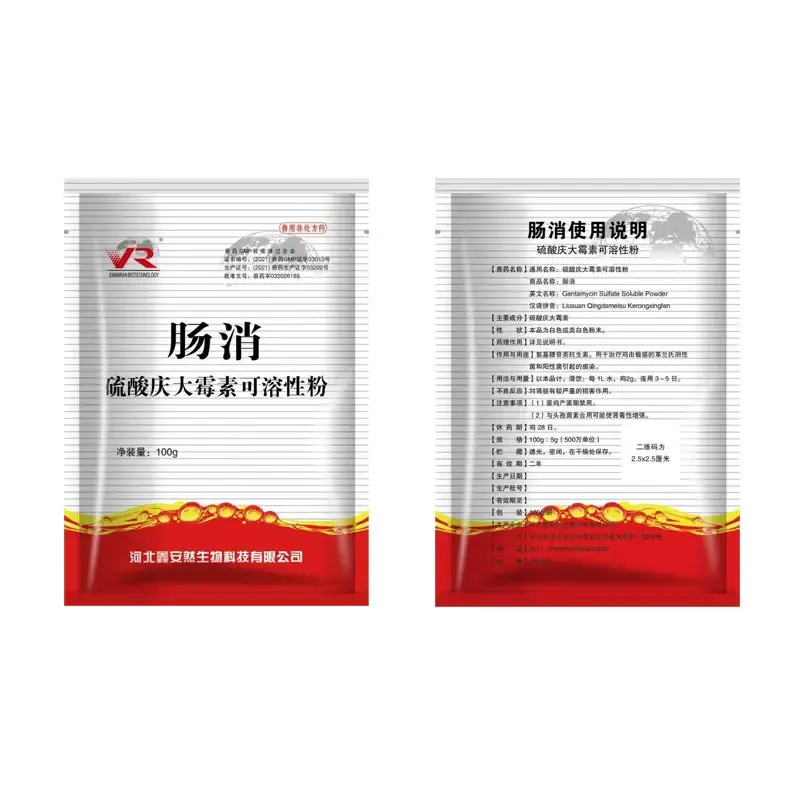- Afrikaans
- Albanian
- Amharic
- Arabic
- Armenian
- Azerbaijani
- Basque
- Belarusian
- Bengali
- Bosnian
- Bulgarian
- Catalan
- Cebuano
- Corsican
- Croatian
- Czech
- Danish
- Dutch
- English
- Esperanto
- Estonian
- Finnish
- French
- Frisian
- Galician
- Georgian
- German
- Greek
- Gujarati
- Haitian Creole
- hausa
- hawaiian
- Hebrew
- Hindi
- Miao
- Hungarian
- Icelandic
- igbo
- Indonesian
- irish
- Italian
- Japanese
- Javanese
- Kannada
- kazakh
- Khmer
- Rwandese
- Korean
- Kurdish
- Kyrgyz
- Lao
- Latin
- Latvian
- Lithuanian
- Luxembourgish
- Macedonian
- Malgashi
- Malay
- Malayalam
- Maltese
- Maori
- Marathi
- Mongolian
- Myanmar
- Nepali
- Norwegian
- Norwegian
- Occitan
- Pashto
- Persian
- Polish
- Portuguese
- Punjabi
- Romanian
- Russian
- Samoan
- Scottish Gaelic
- Serbian
- Sesotho
- Shona
- Sindhi
- Sinhala
- Slovak
- Slovenian
- Somali
- Spanish
- Sundanese
- Swahili
- Swedish
- Tagalog
- Tajik
- Tamil
- Tatar
- Telugu
- Thai
- Turkish
- Turkmen
- Ukrainian
- Urdu
- Uighur
- Uzbek
- Vietnamese
- Welsh
- Bantu
- Yiddish
- Yoruba
- Zulu
8 月 . 02, 2024 14:35 Back to list
Exploring the Benefits and Uses of Ivermectin 1% Injectable Solution for Animal Health
Ivermectin 1% Injectable Solution A Comprehensive Overview
Ivermectin is an antiparasitic agent that has gained significant attention for its effectiveness in treating a variety of parasitic infections. The injectable form of ivermectin, specifically at a concentration of 1%, is widely used in veterinary medicine, particularly for the treatment and prevention of parasitic diseases in livestock and pets.
Pharmacology and Mechanism of Action
Ivermectin belongs to the class of drugs known as macrocyclic lactones. Its mechanism of action revolves around its ability to bind selectively to glutamate-gated chloride channels and, to a lesser extent, gamma-aminobutyric acid (GABA) receptors in invertebrates. This binding results in an increased permeability of the cell membranes of parasites, leading to paralysis and ultimately death. This makes ivermectin highly effective against a wide range of parasites, including nematodes, mites, and ectoparasites like lice and ticks.
Indications for Use
In veterinary medicine, ivermectin 1% injectable solution is commonly employed to treat various parasitic infections. It is indicated for the treatment of strongyloidiasis, onchocerciasis, and other parasitic conditions. Additionally, it is frequently used as a preventive measure against heartworm disease in dogs and cats, helping to protect these pets from potentially fatal complications caused by these parasites.
Administration and Dosage
ivermectin 1 injectable solution

The injectable formulation of ivermectin is typically administered subcutaneously or intramuscularly. The dosage varies depending on the species being treated and the specific condition being addressed. For instance, in cattle, the recommended dosage may range from 200 to 500 micrograms per kilogram of body weight. It is crucial to adhere to the recommended dosages and administration routes to avoid potential adverse effects and ensure the drug’s efficacy.
Safety and Side Effects
Ivermectin is generally well-tolerated in animals, but like any medication, it can have side effects, especially if overdosed. Potential side effects include neurological symptoms, such as lethargy, tremors, or ataxia. In certain breeds of dogs, particularly those with the MDR1 gene mutation (such as Collies and Australian Shepherds), even standard doses can lead to serious neurological problems. Therefore, it is essential for veterinarians to conduct a thorough assessment and consider breed predispositions before administering ivermectin.
Resistance Issues
A growing concern in the use of ivermectin is the development of resistance among parasites. This phenomenon has been documented in various parasitic species, particularly following prolonged and widespread use of ivermectin. Resistance can result in reduced efficacy of the drug, necessitating the need for alternate treatments or rotation of antiparasitic medications.
Conclusion
Ivermectin 1% injectable solution stands as a vital tool in the arsenal against parasitic diseases in veterinary medicine. Its effectiveness, ease of administration, and broad spectrum of action make it a preferred choice for treating and preventing a variety of parasitic infections in animals. However, careful consideration of dosing, breed-specific sensitivities, and emerging resistance is essential to maintain its efficacy and ensure the health and well-being of treated animals. As research continues to evolve in this field, the proper use of ivermectin remains paramount in the ongoing battle against parasitic infections in veterinary practice.
-
The Power of Radix Isatidis Extract for Your Health and Wellness
NewsOct.29,2024
-
Neomycin Sulfate Soluble Powder: A Versatile Solution for Pet Health
NewsOct.29,2024
-
Lincomycin Hydrochloride Soluble Powder – The Essential Solution
NewsOct.29,2024
-
Garamycin Gentamicin Sulfate for Effective Infection Control
NewsOct.29,2024
-
Doxycycline Hyclate Soluble Powder: Your Antibiotic Needs
NewsOct.29,2024
-
Tilmicosin Premix: The Ultimate Solution for Poultry Health
NewsOct.29,2024













